Hemp, a versatile and sustainable crop, has gained popularity worldwide for its wide range of applications, including CBD production, textiles, biofuels, and more. As the demand for hemp-based products continues to rise, many farmers are exploring the potential of hemp farming. Whether you’re a seasoned grower or a newcomer to agriculture, this guide by Times of Hemp provides an overview of the basics of growing hemp for various purposes.
1. Understanding Hemp: The Plant and Its Potential
For thousands of years, people have been growing hemp (Cannabis sativa L.), a plant that grows quickly. Since hemp only contains trace levels of the psychoactive component THC (tetrahydrocannabinol), unlike marijuana, it is legal to grow in many nations and is not intoxicating.
Key Uses for Hemp:
- CBD Production: Making wellness goods by extracting cannabidiol (CBD) oil.
- Textiles: Making sturdy textiles for bags, ropes, and apparel.
- Industrial Uses: Includes biodiesel production, biodegradable polymers, and building supplies.
- Food Products: Gathering seeds for healthy snacks and oil.
2. Selecting the Right Hemp Variety
A successful harvest depends on selecting the right strain of hemp. Various types are bred for particular uses:
- CBD Production: Seek out strains with low THC and high CBD. These plants frequently have dense blooms and are shorter.
- Fiber Production: For textiles and industrial applications, choose tall, quickly growing cultivars with long stalks.
- Seed Production: If you’re concentrating on producing food or oil, choose breeds with large seed yields.
Work with seed suppliers to ensure the strain suits your intended purpose, soil type, and temperature.
3. Legal Aspects
States and nations have very different laws governing hemp cultivation. Before growing, learn about and abide by local laws, including those about crop disposal, THC testing procedures, and licensing requirements.
Licensing Checklist:
Apply to the appropriate authorities for a hemp farming license.
Document the information on your planting and seed purchases.
To stay within legal limits, which are typically less than 0.3% THC in the US, conduct routine THC level testing.
4. Getting the Soil and Land Ready
Hemp grows best on nutrient-rich, well-drained soil that has a pH of 6.0 to 7.5. Proper land preparation will guarantee maximum growth.
Steps to Prepare:
Soil Testing: Determine the pH and nutrient content of the soil. Add fertilizer or organic stuff to the soil as necessary.
- Clearing the land: Get rid of trash and weeds to lessen competition for resources.
- Tilling: Increase root penetration and aeration by loosening the soil.
- Make sure there is enough drainage because hemp is susceptible to waterlogging.
Hemp is sensitive to waterlogging, so ensure proper drainage.
5. Planting Hemp
Timing and spacing are critical for a healthy hemp crop.
Planting Guidelines:
- Timing: 50 to 60°F soil temperatures are ideal for hemp. Plant in the early summer or late spring.
- Spacing:
- For CBD production: Plants should be spaced 4–5 feet apart for the production of CBD in order to promote branching and bloom growth.
- For fiber production: Plant heavily to encourage tall, straight stalks for fiber production.
- Seeding Method: Transplant seedlings to produce CBD or use a seed drill for even planting.
6. Watering and Irrigation
Although hemp can withstand drought, it needs enough moisture to grow properly in its early stages. Sprinkler systems or drip irrigation can deliver steady hydration without going overboard.
Tips for Watering:
- Keep an eye on rainfall and modify irrigation as necessary.
- Steer clear of waterlogging, which can cause mold and root rot, particularly during the blossoming season.
7. Nutrient Management
Hemp is a nutrient-hungry plant that benefits from balanced fertilization.
Key Nutrients:
- Nitrogen (N): Encourages leafy growth.
- Phosphorus (P): Supports root development and flower production.
- Potassium (K): Enhances overall plant health and resistance to pests.
Consider using organic fertilizers like compost or manure for sustainable farming practices.
8. Managing Pests and Diseases
Hemp is not impervious to pests, despite its inherent resistance to many of them. Aphids, spider mites, and caterpillars are frequent dangers. Your crop may also be affected by diseases like root rot and powdery mildew.
Techniques for Protection:
- Rotate your crops to prevent insect accumulation.
- Make use of natural predators like ladybugs and organic pesticides.
- To avoid mold and mildew, make sure there is adequate airflow and separation.
9. Harvesting Hemp
Your intended use determines the harvesting procedure:
- CBD Hemp: Harvest between 100 and 120 days after planting, or when the blooms are completely developed. Use specialized equipment or cut plants by hand.
- Fiber Hemp: Harvest after 70 to 90 days, or when the stalks are mature but not yet producing seeds.
- Seed Hemp: Give the seeds 100 to 120 days to fully mature and start to harden.
10. Post-Harvest Processing
The quality of your finished product is guaranteed by effective processing.
Methods of Processing:
- CBD Extraction: Use CO2 or ethanol extraction techniques after drying the flowers as soon as possible after harvest.
- Fiber: processing involves soaking or exposing the stalks to dew to separate the fibers, after which they are baled for shipping.
- Seed Cleaning: To maintain quality, remove any debris and store seeds in a cold, dry environment.
11. Sustainability in Hemp Farming
Hemp is a sustainable crop that enhances soil health and uses few chemicals. Other sustainable techniques that farmers might implement include:
- Intercropping: To enhance nitrogen fixation, plant hemp alongside legumes.
- No-Till Farming: Reducing erosion and maintaining soil structure are two benefits of no-till farming.
- Organic Certification: Fulfilling organic requirements to appeal to environmentally sensitive consumers.
12. Hemp Farming’s Economic Impact
Although hemp farming has the potential to be successful, the initial expenses can be substantial because of the need for specialized equipment, seeds, and licenses. Perform a thorough cost-benefit analysis, taking into account the following factors:
- Market demand for your product (seeds, textiles, or CBD).
- Expenses for distribution and processing.
- Potential dangers include crop failure and unpredictable weather.
Conclusion
Hemp growing is a popular choice for contemporary farmers because of its enormous potential for sustainability and financial gain. The entire potential of this adaptable crop can be realized by knowing the fundamentals, from choosing the best variety to controlling pests and post-harvest processing. Hemp farming is positioned to play a significant role in the future of agriculture as laws change and the market grows.
Begin your path now and help create a more sustainable and greener future! 🌱

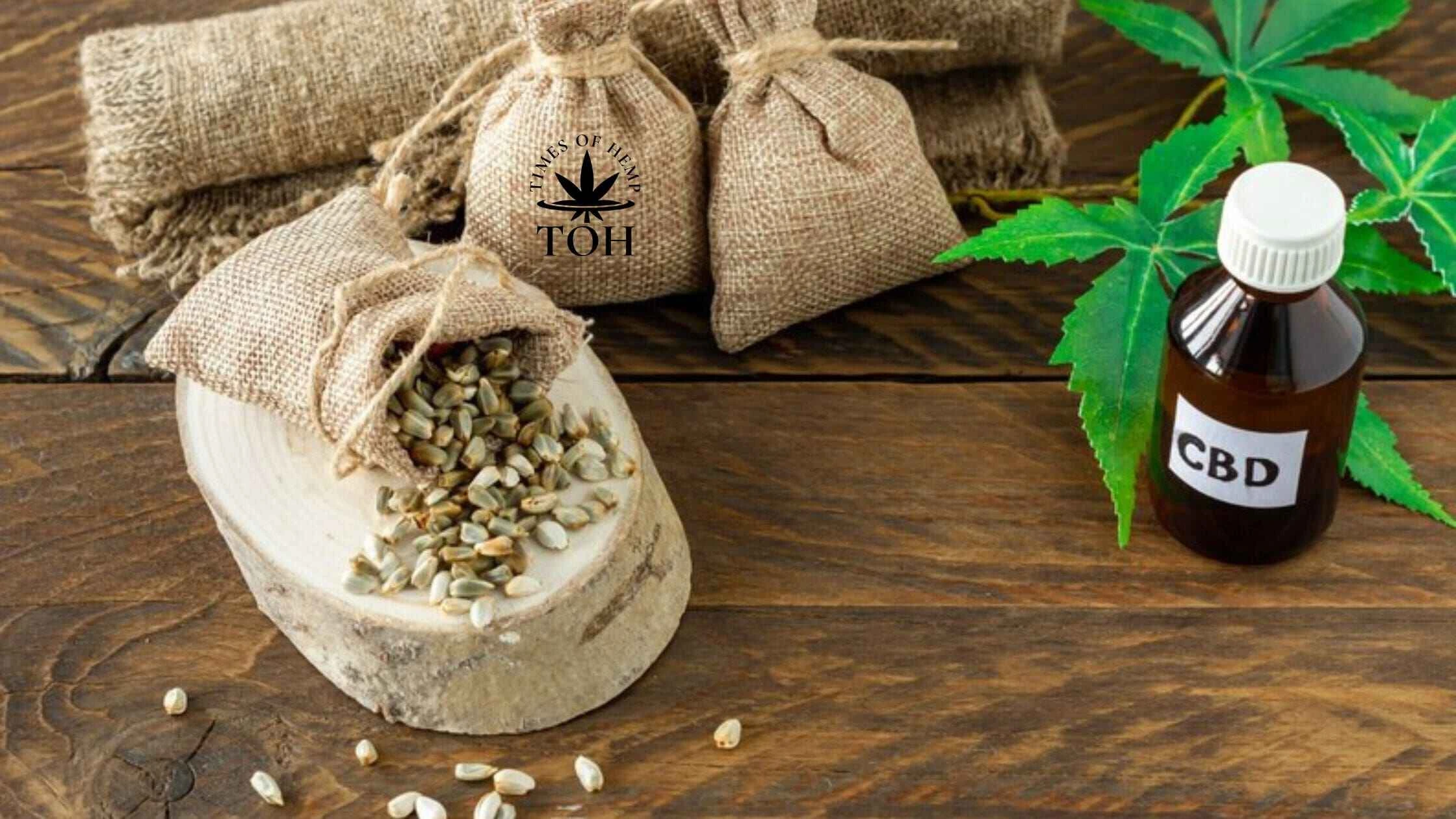
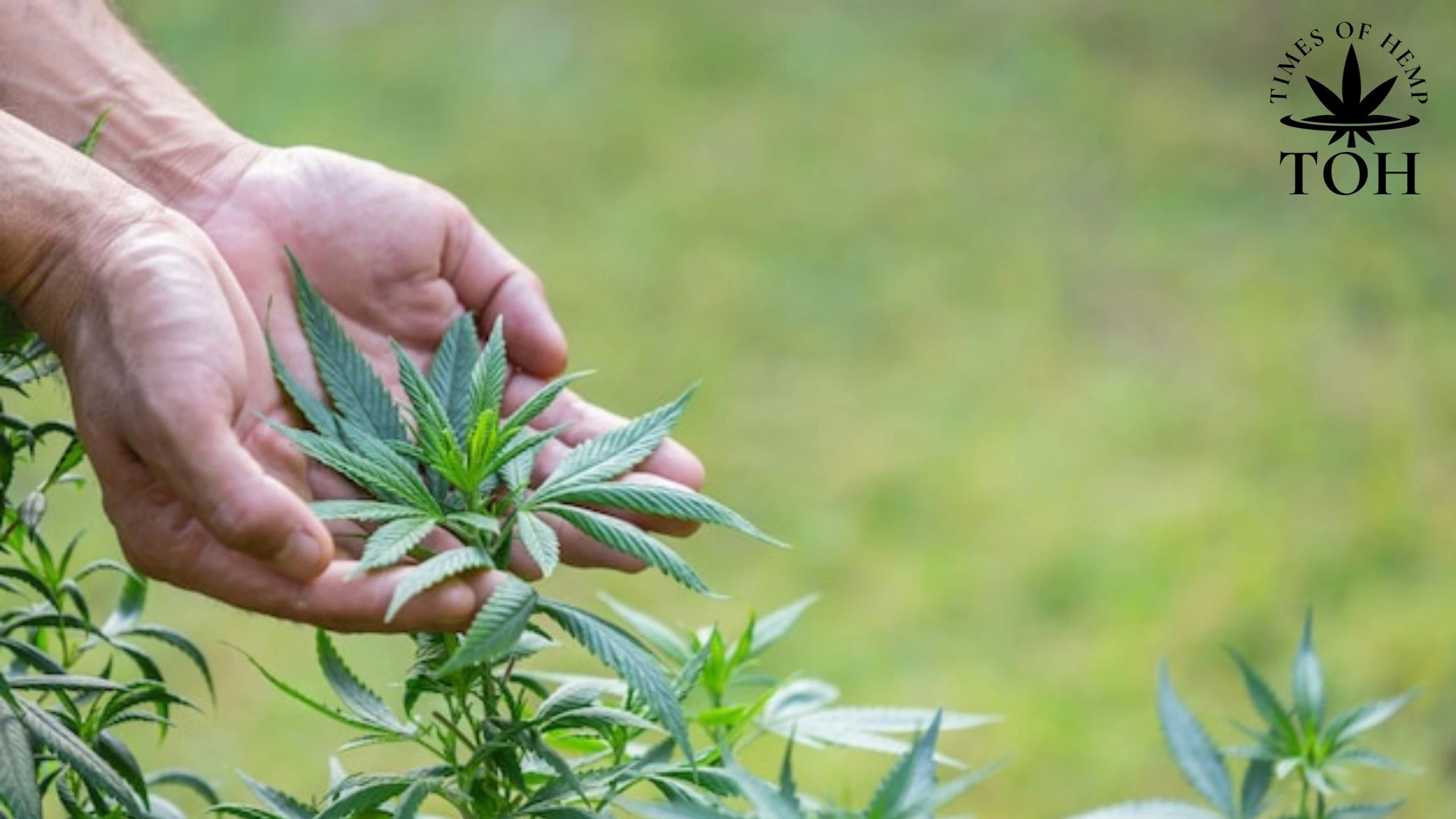
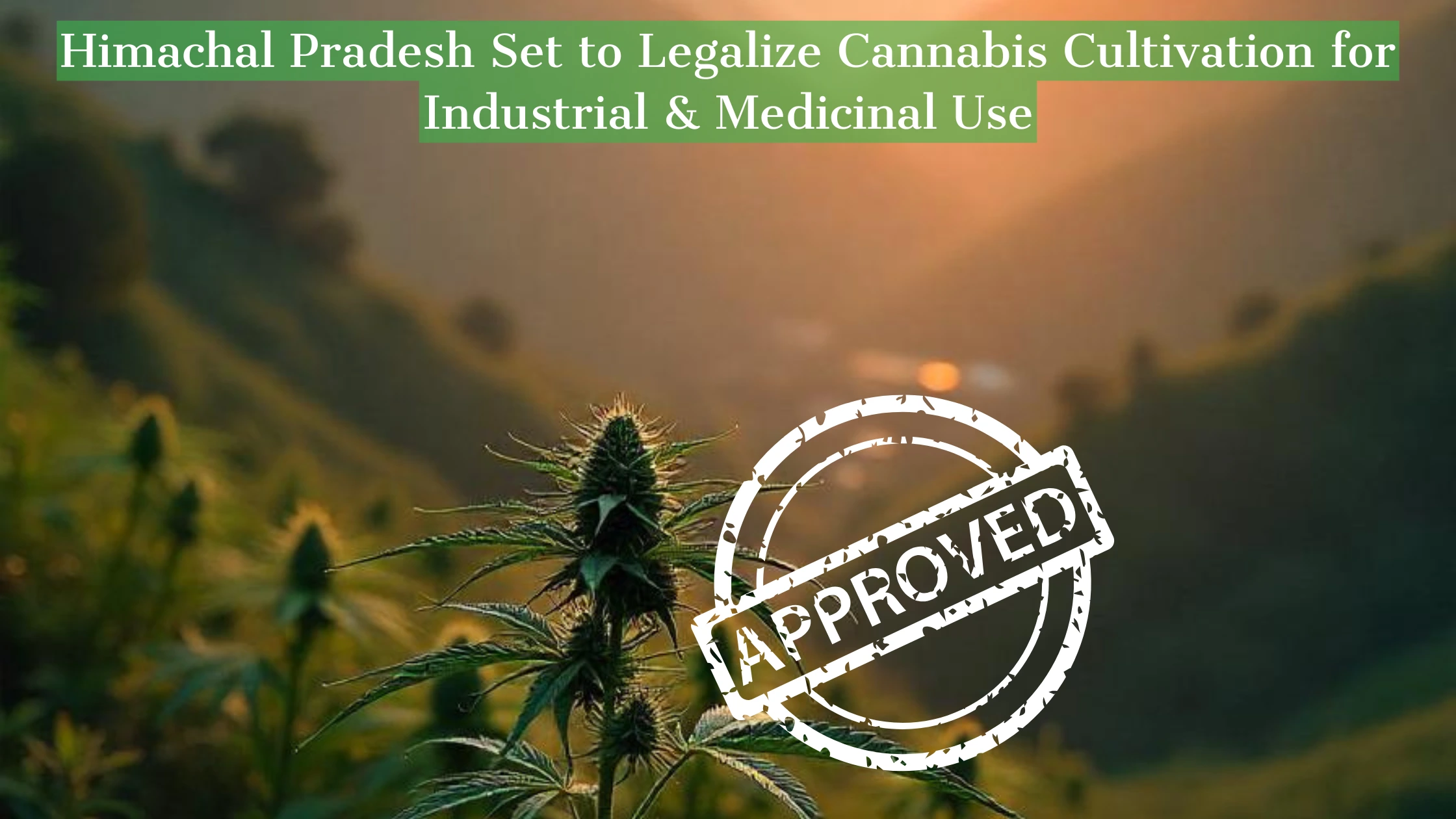
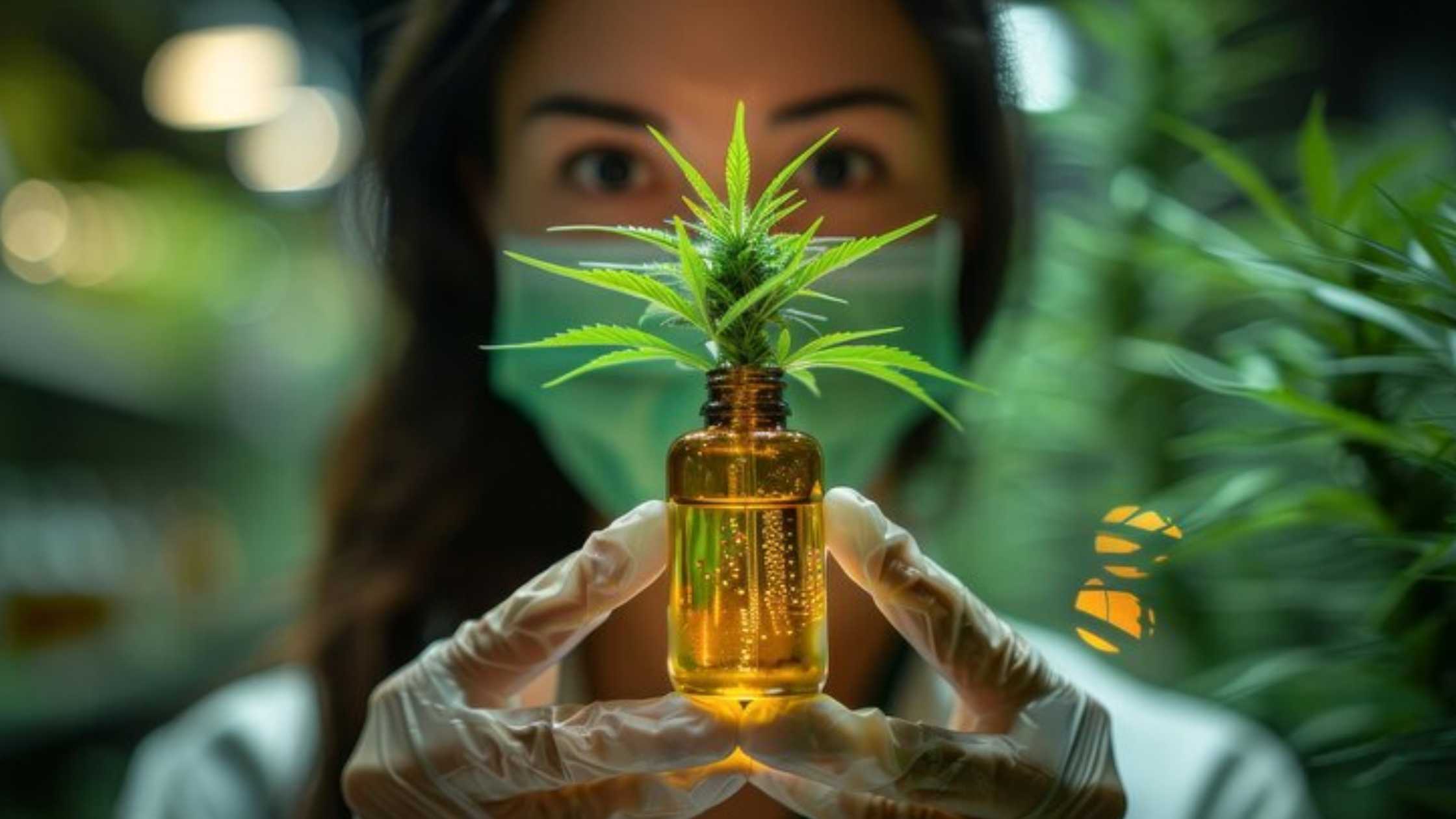
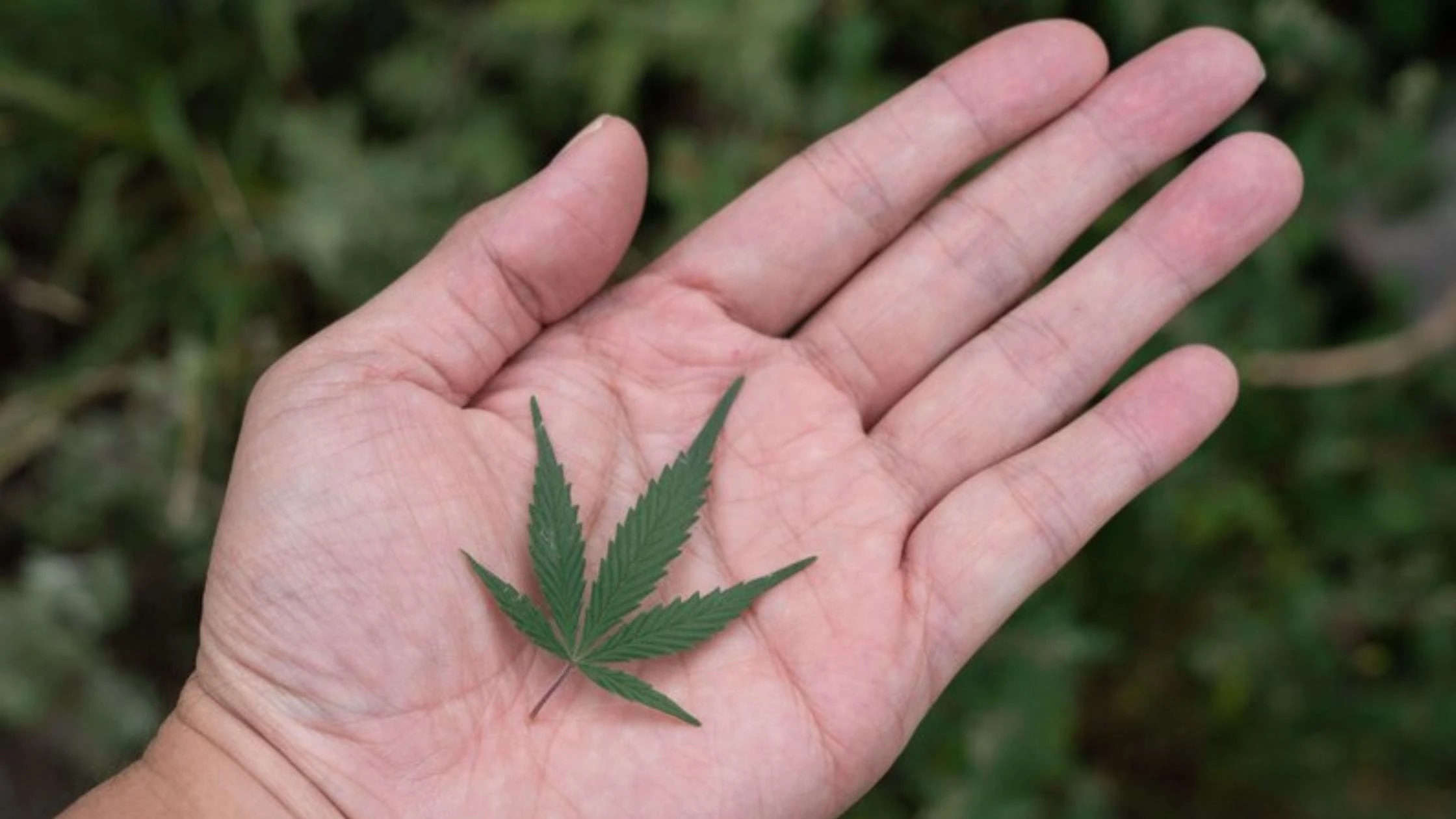
Your blog is a shining example of excellence in content creation. I’m continually impressed by the depth of your knowledge and the clarity of your writing. Thank you for all that you do.
My brother suggested I might like this website. He was totally right This post actually made my day. You can’t imagine just how much time I had spent for this information.
Thank You!!!